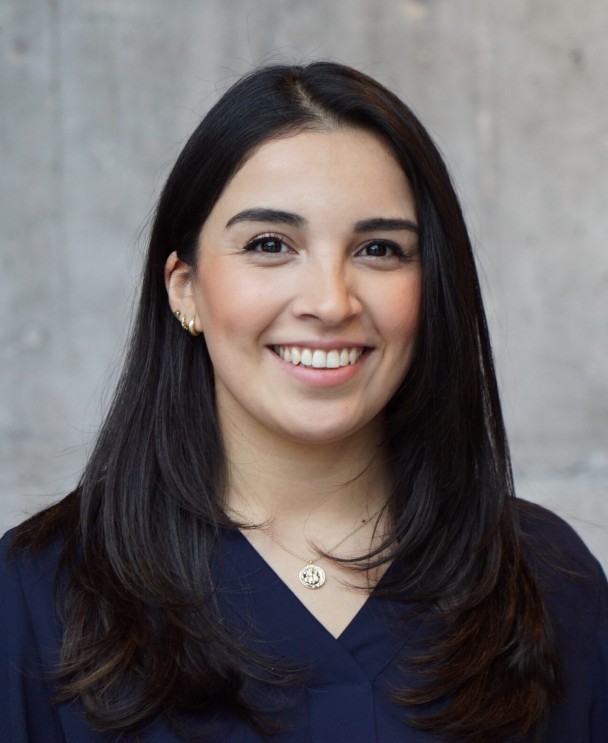We continue our tour by visiting the work packages. Now it’s time to say hello to work package 3 (WP3), led by Clarissa González from Chalmers.
What’s the focus for you in WP 3?
The red thread throughout all the project Digitala Stambanan is that we are thinking not only about one company but about value chains. What we are focusing on in WP 3 is an aspect that is not that present in the other work pages, which is the part of SMEs (Small and Medium-sized Enterprises). 99,9 % of the companies in Sweden are SMEs, but still, most of the projects funded by the government focus on the biggest companies. We found one big company, Sandvik Coromant, that is interested in tailor-made one of their digital services to be more approachable for SMEs. What’s in their services doesn’t work equally for big partners as for smaller firms with certain limitations, conditions regarding time, ability to multitask, funding, etc.?
So there are several value chains you are working on in this work package?
The value chain is not entirely linear. Instead, we have Sandvik Coromant interested in reaching out to potentially four SMEs considering the time and funding restrictions. So far, we have two firms that are already involved. So there will be shorter value chains, focusing on the development of the service to ensure it can be up and running in the SMEs.
What companies do you have onboard so far?
Sandvik Coromant, as mentioned, but also the SMEs Turnab, a subcontractor of CNC components, and Somas, which manufactures control and shut-off valves.
Why have you chosen those two SMEs?
We very recently started working with these two firms. It hasn’t been the easiest way to find them because we have several restrictions being which machines can fit from this digital service since it’s not a generic service but works mainly on machine tools.
What will you try to achieve?
The service will help them understand how they can use data to support better decision-making and achieve their manufacturing objectives, that hopefully will involve sustainability as well.
What is the next step for you?
We have identified three main action points:
- The first is from a more strategic perspective that we are still looking for one or two more parties to join our work package. We will not pick companies for the sake. It is essential that they are interested and fit and are willing to put effort into connecting the machines. And, of course, also willing to share data.
- The second is a more technical point. We need to continue to install the machines. There have been many discussions about connectivity protocols; some had to make certain investments to use Sandvik’s protocols.
- The third is to develop more theoretical learning for SMEs from a project perspective. One part of that is performing the digital maturity assessment. Not only share the current status but also hold their hand a little to help them in the direction they want.
What are your insights so far?
The digital and technical part of installing the software on the machines hasn’t been as smooth as we hoped. Even though Turnab has been super enthusiastic and curious, it has been a challenge. Then imagine how hard this could be for other companies that might not be as enthusiastic and engaged as Turnab. We should not be over-enthusiastic about what is achievable but not at the same time underestimate the capabilities of firms that want to develop.
I also think the companies who let us in are so brave. They are willing to understand what they are missing. If we cannot install the software because the machines are too old, the infrastructure doesn’t work, or some other problem, they cannot unsee the problem. Even though you don’t decide to join the project, you have now exposed a weak area of your company.
I also see the importance of communication. We have constant contact with our partners through biweekly or monthly catchups that prevent thoughts from getting lost.
What kind of challenges have you experienced so far?
I usually argue that technologically we have come very far regarding what’s available, what sensors exist, and what you can do with data. But the industry reality, like the playground, is quite different. We need to spend a lot more time making sure that we can transfer the available resources and knowledge on an academic level smoothly. And we need to put more effort into the compatibility of systems.
What lessons have you learned so far?
We are working with value chains, which are highly fragile today. We are exposed to global trends, and it’s a changing world we live in. Companies can change their mind, and that’s part of life. Therefore, you need to be flexible. We had experienced that, especially when Sandvik had to change their software service during the spring. That went well but changed the prerequisites for the companies involved. Just think of all changes that constantly need to be done in value chains. As a company, you must be fast and flexible to adapt to all new situations.
Thank you, Clarissa! It will be exciting to follow the further work. Good luck!
Digitala Stambanan strengthens the Swedish industry through digitalization of value chains. The project is a collaborative project financed by Vinnova and participating companies. The work is now underway in two tracks through the strategic innovation programs PiiA (Processindustriell IT & Automation), which drives the Digitala Stambanan IndTech project, and Produktion2030, which runs the Digitala Stambanan Production project.


